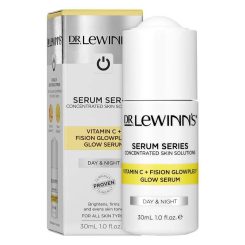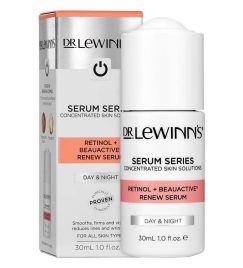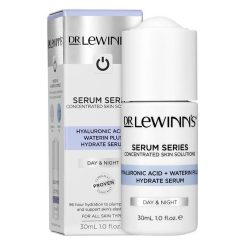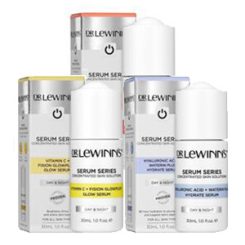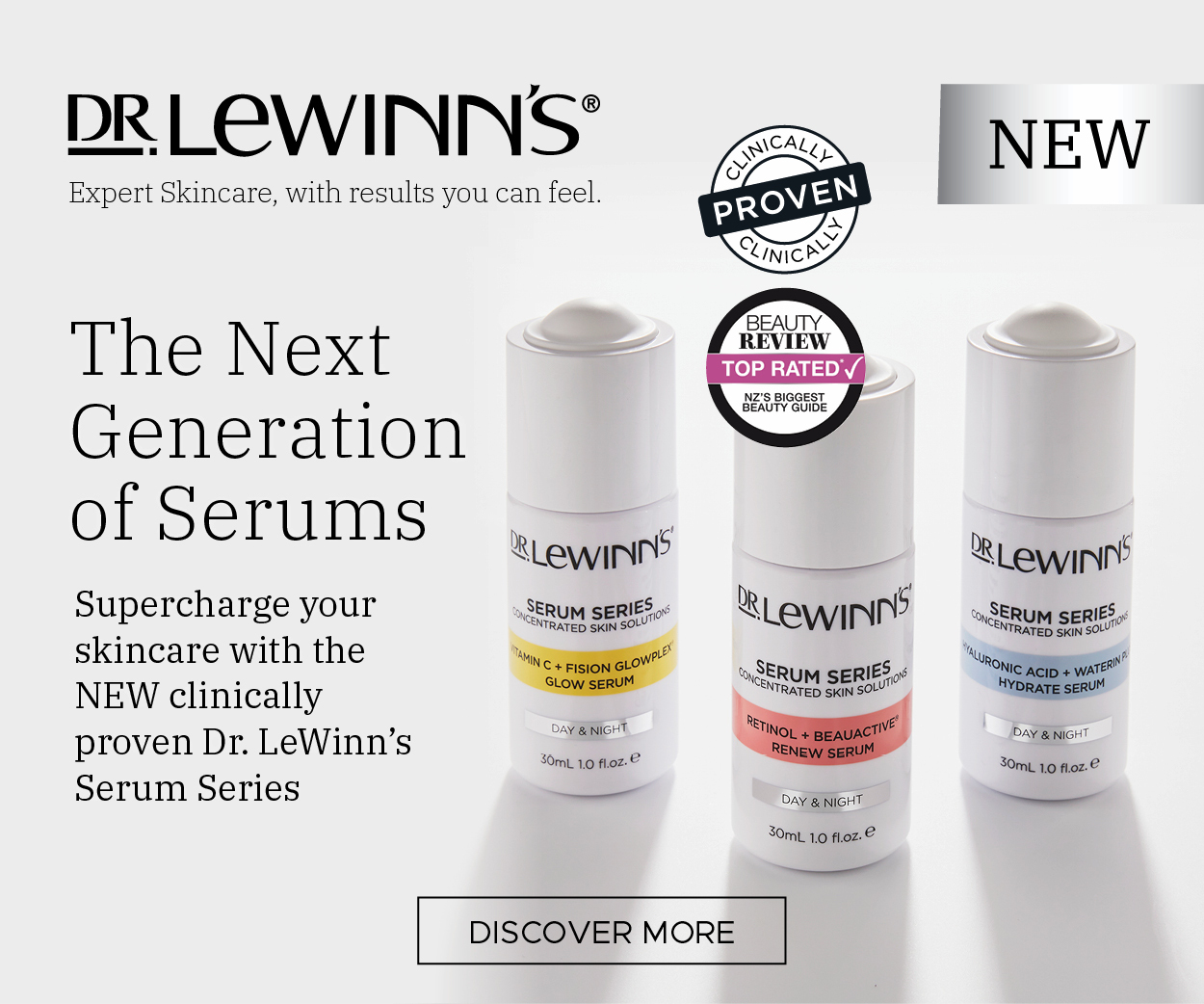Anti-Stress Routines Your Skin will Thank You For
Women can do it all, but not without feeling overwhelmed at times. Our never-ending to-do list, work deadlines, family and social commitments plus all the other roles we take on can cause stress and tension and with that, high levels of cortisol. Too much stress affects us in many ways, and it’s not just our mental state that’s compromised. The health of our hair and skin can also suffer when we feel stressed.
To keep your skin clear and calm, it’s important to take good care of it. Everyone knows that spa treatments and long baths are magical for destressing, but it’s not always easy to fit that in if you’re time deprived. However, if you’re cleanse every night, protect your skin with SPF every morning, stay hydrated and eat plenty of nutritious foods, you’re on the right track.
How stress affects your skin
The stress hormone cortisol causes increased sebum (oil) production in your skin glands, which can lead to clogged pores and acne breakouts. It’s a chemical response in your body that makes your skin more sensitive and reactive. Emotional stress can also disrupt the epidermal barrier, which is the top of layer of the skin that locks in moisture and protects us from harmful microbes.
When your skin’s microbiome is disrupted and out of balance, there’s an increased risk of infections, inflammation and irritation. If you are also sleep-deprived, your natural 24-hour rhythm (circadian rhythm) will get unsettled and your body will need to adjust, which speeds up the skin’s ageing process. The first thing you’ll notice is fatigue, dark under-eyes and a dull appearance.
Making your beauty routine a key element of destressing before you tackle your day and wind down before you go to bed is an effective way to calm both your body and mind. The power of indulging in a beauty ritual to help lower your stress levels really lies in the concept of just taking a well-deserved break. It will help you and shake off the tension and return to equilibrium.
A three- or four-point plan is optimal
The effectiveness of a skincare routine is all about having the right ingredients, in the right formulations, in the right order. A full ten-step routine is time-consuming and as every minute in the morning counts, a simpler skincare routine is much more realistic and arguably just as effective.
To simplify your skincare, many beauty experts and dermatologists recommend sticking with the trusted cleanse, tone and moisturise concept. You can also choose to exfoliate, to remove dead skin cells from the outer layer of your skin, although it’s not suitable for everyone.
Start your skin care routine with a quality cleanser. Mix it with a little water to foam it up and massage the product lightly into your skin across your cheeks, forehead, nose and chin. Then rinse and lightly towel dry.
Facial toner is the in-between skincare step to be used after washing your face but before applying your moisturiser. Soak a cotton pad with the formula of your choice, then swipe it over your face, neck and chest. If you want to be more sustainable and skip the cotton pad, you can put a few drops of toner into the palms of your hands and press them into your face.
If you choose to exfoliate, make sure you do it safely making sure not to damage your skin. Incorrect exfoliation can lead to increased redness or acne breakouts. Select an exfoliation method that suits your skin type and apply the product or device gently using small, circular motions. Do this for about 30 seconds, and then rinse off with lukewarm water. Apply moisturiser immediately after exfoliating to keep your skin healthy and hydrated.
Using the right kind of moisturiser for your skin, whether it’s dry, oily or a combination of the two, can help maintain its balance. The purpose of moisturising is not only to hydrate the skin, but also to deliver other ingredients such as antioxidants for anti-aging and skin protection, anti-inflammatories to calm and soothe the skin, anti-microbials to prevent infection, sunscreens, and other nourishing ingredients. It only takes a minute or two each day, and it will provide you with long-term benefits.
The inside-out approach to healthy skin
There’s no denying that beautiful skin starts with nourishment from within. Just as fit bodies are built in the kitchen, so is the health of your skin. The secret to firmer, younger-looking skin starts with a healthy diet. The best way to treat your skin is by optimising your nutrition and eating a varied and balanced diet that includes plenty of antioxidant-rich fruit and vegetables, healthy fats from oily fish and nuts, and don’t forget sufficient hydration.
Eat at least five portions of fruit and vegetables every day
Eat a rainbow of colourful fruits and vegetables, and aim for at least five-plus portions a day. Beta-carotene found in orange fruit and vegetables such as carrots, kumara and pumpkin, as well as lutein, which is found in kale, spinach, parsley and plums are important for normal skin cell development and healthy skin tone. The dark leafy greens are the real superstars. Add them to smoothies, salads, omelettes and wraps to give your skin a boost from the inside out.
Include healthy fats, especially omega 3
Monounsaturated and polyunsaturated fats found in avocados, oily fish, nuts and seeds act as a natural moisturiser for your skin, keeping it supple from the inside and improving elasticity. An extra bonus is that many of these foods are also packed with a healthy dose of valuable vitamin E. You can find omega 3 in oily fish such as salmon, trout and sardines, as well as plant sources including flaxseed, chia seeds, walnuts and rapeseed oil. Add them to your diet for a healthy, glowing appearance.
Drink six to eight glasses of water a day
Even mild dehydration may leave your skin looking dry and tired, so up your water intake and make sure you drink at least six glasses, or up to two litres of water each day. Water is essential for our kidneys to operate at their best, and our digestive system depends on it. Herbal, caffeine-free teas are also good for you and green tea is high in antioxidants and is a great detoxifier.
Essentially, all fluids contribute to the daily total but don’t count caffeinated drinks or alcohol as they have a have dehydrating effect on the body. Go easy on the vino as any alcoholic drink that has 10-plus percent alcohol strength is classed as a dehydrator, which means more of the liquid will leave your system than be absorbed.
What foods not to eat for healthy skin
On the flip side, some of the foods we eat are associated with skin damage. Research suggests that a diet high in processed or refined sugars, unhealthy fats and refined carbohydrates and grains that have been stripped of all bran, fibre, and nutrients promotes skin aging and acne, as well as other health problems. Keep in mind that many of the best foods for healthy skin promote good health overall. If you focus on eating a varied, healthy diet with plenty of fruits, veggies, nuts, seeds and wholegrains, your skin will thank you for it.
The best skin-soothing ingredients to look for:
- Rosewater and Vitamin E for hydration
- Chamomile for soothing
- Tea tree oil to fight oil and bacteria
- Aloe vera to calm inflammation and redness
- Probiotics to help get your microbes back into balance
- Retinol to improve collagen and elastin production
- Green tea for its antioxidants and anti-inflammatory properties
- Vitamin C to protect your skin from environmental stressors
- Ceramides to help reinforce your skin’s natural barrier
- Exfoliating acids to give your skin a glow from within


